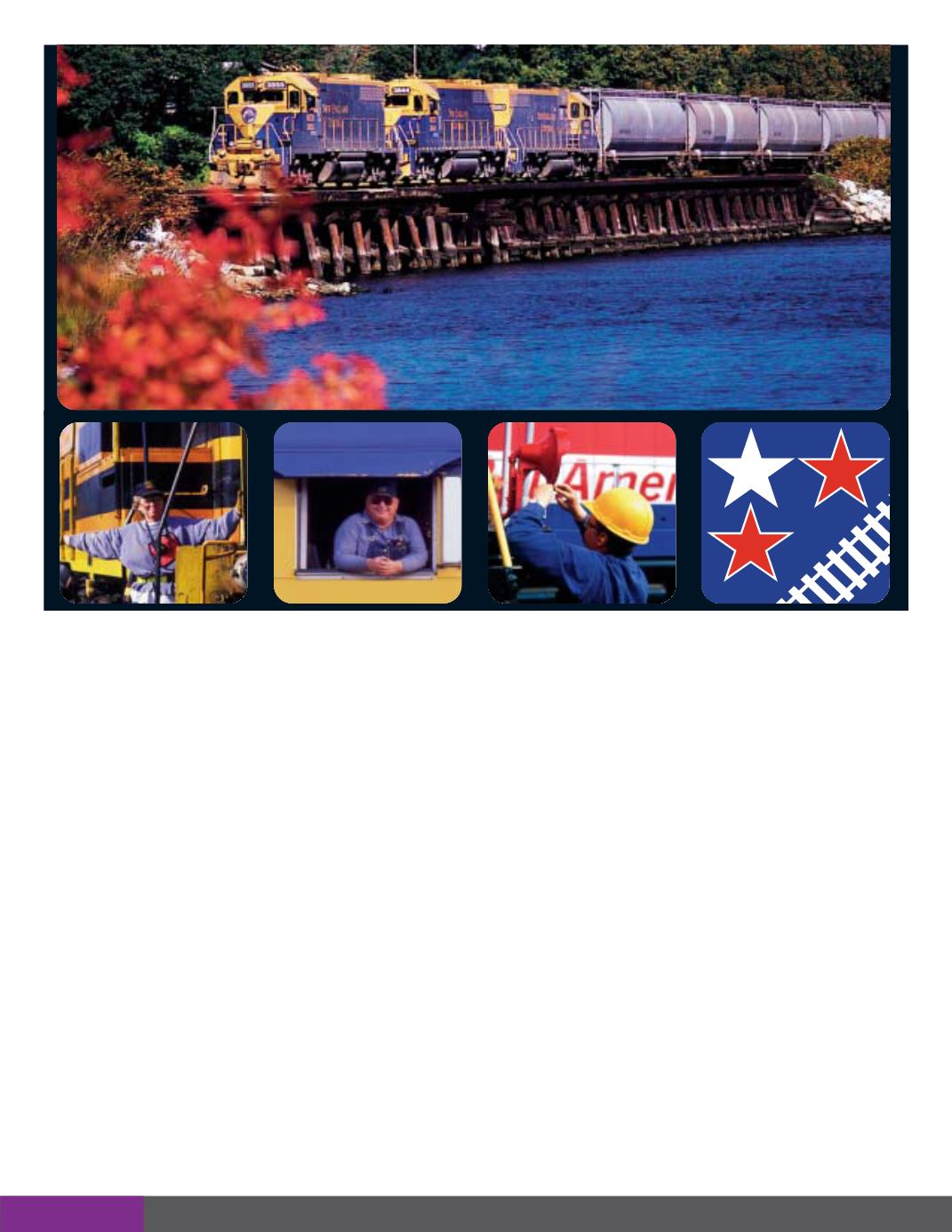
Business View - July 2015 95
and cost-effective transportation. Between 1980 and
2014, America’s freight railroads invested $575 billion
on capital expenditures and maintenance expenses
related to locomotives, freight cars, tracks, bridges,
tunnels, and other infrastructure and equipment.
Having just celebrated its 100th Anniversary, the
ASLRRA continues to further the industry’s legislative
priorities in the nation’s capital, as well as providing
networking possibilities for its members via events
and conventions throughout the year. Its committees
are designed to advance issues such as technology,
legislative policy, mechanical issues, passenger rail,
etc. It communicates with its members via its website,
e-newsletters and bulletins, and bi-monthly articles to
Railway Age magazine.
Once again vibrant and viable, the American short line
industry serves the needs of its last mile/first mile
customers by connecting them to the larger rail lines;
providing their transportation needs when the larger
railroads can’t or won’t; and, generally, saving all of its
customers, large and small, money, compared to the
costs of truck transportation. And, according to Jim
Howarth, Vice President for Business Development
for the New York, Susquehanna & Western Railway,
“Small customers and not small customers to small
railroads.”
For the next hundred years, the ASLRRA will continue
to champion the sustainability and growth of what The
Economist magazine has noted about the American
freight rail system: “[It’s] one of the unsung transport
successes of the past 30 years. . .universally recog-
nized in the industry as the best in the world.”
No doubt, the ASLRRA would agree.
T h e V o i c e o f A m e r i c a ’ s
I n d e p e n d e n t R a i
l r o a d s
American Short Line and Regional Rai lroad Association
LOGISTICS


